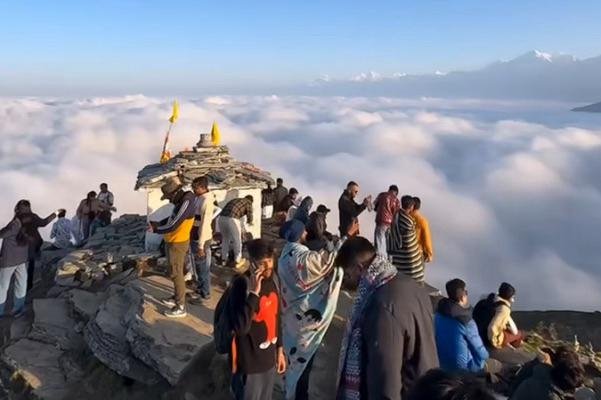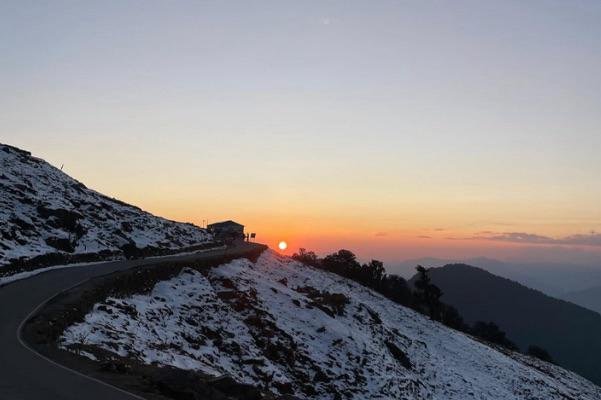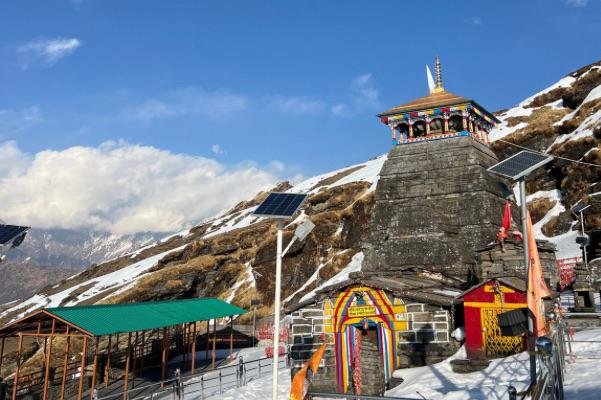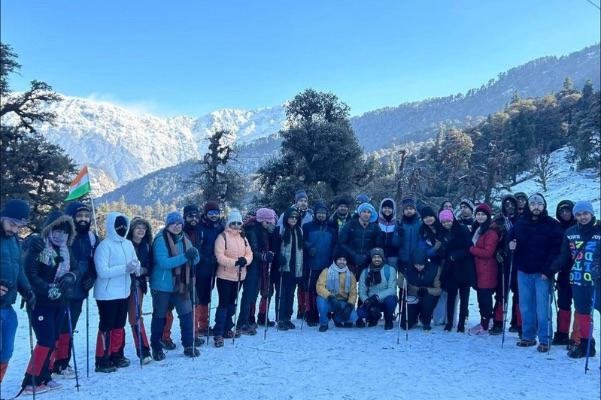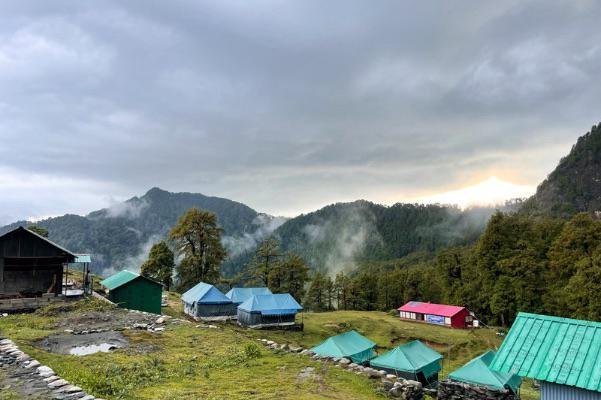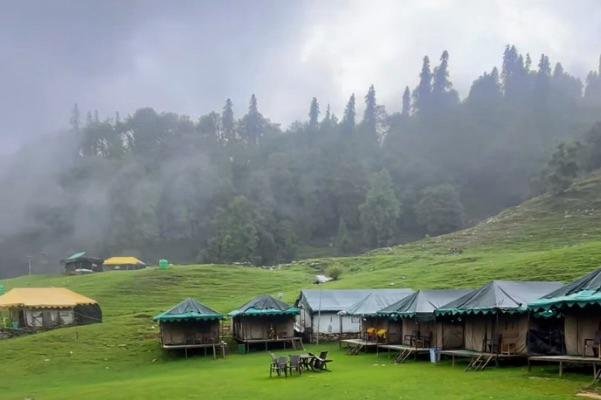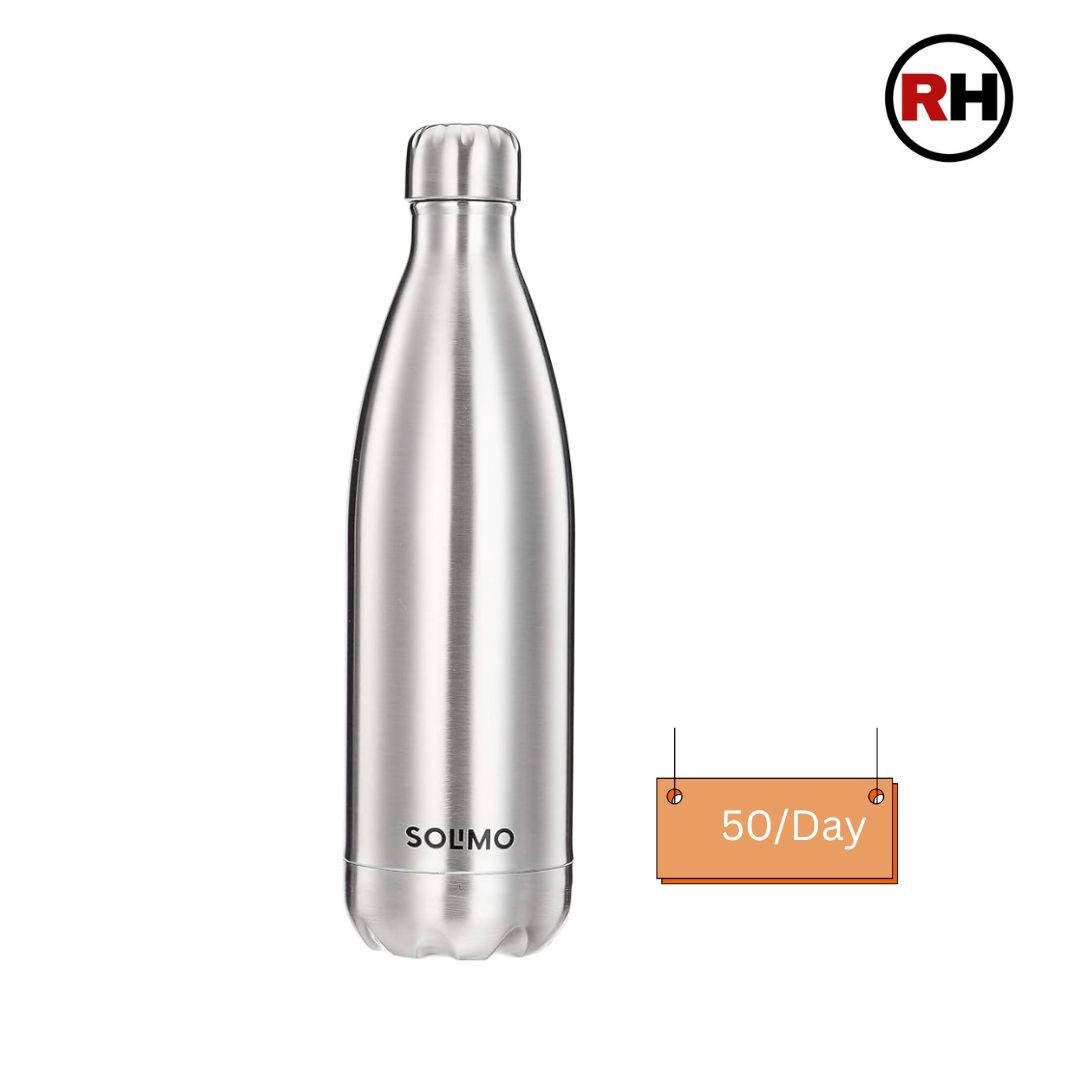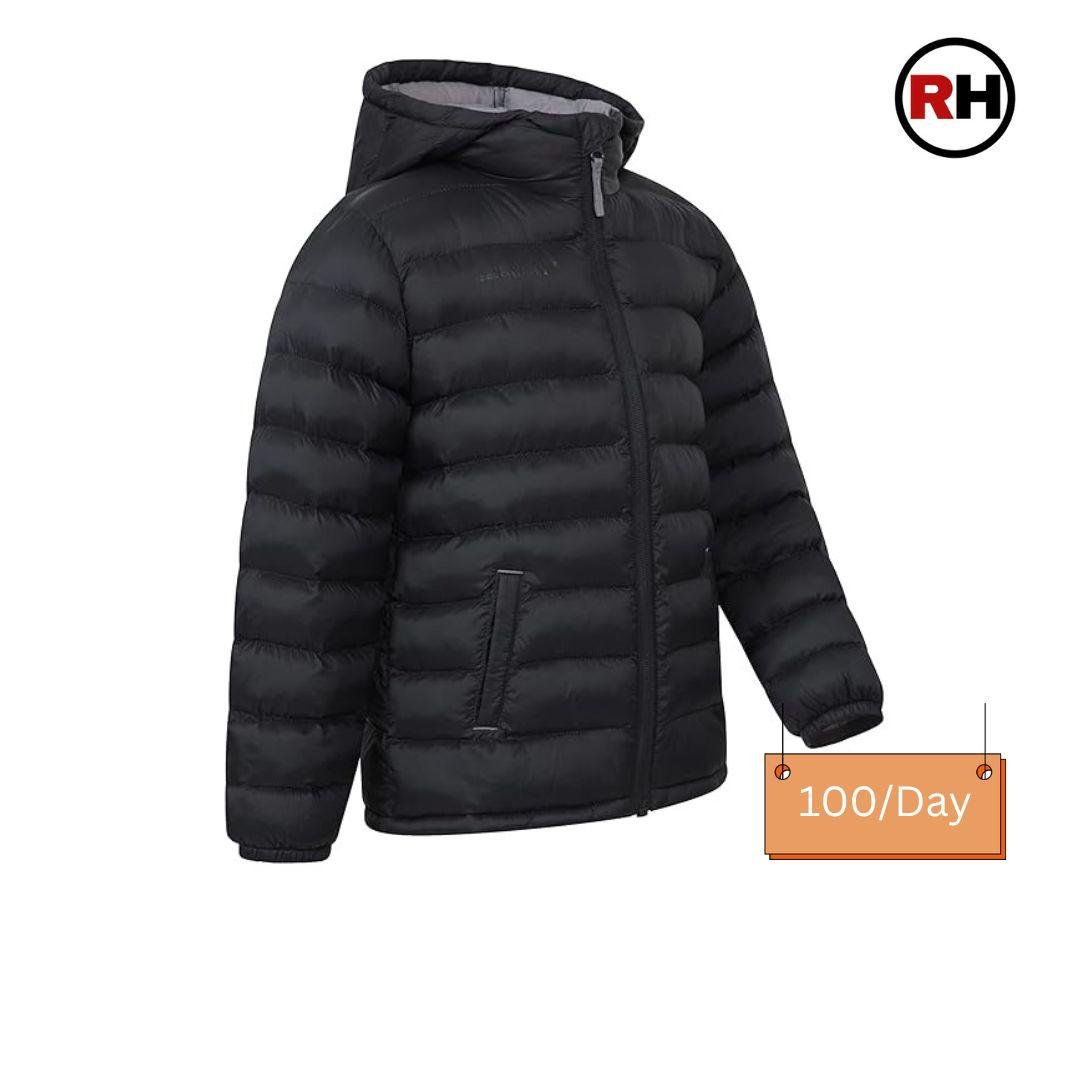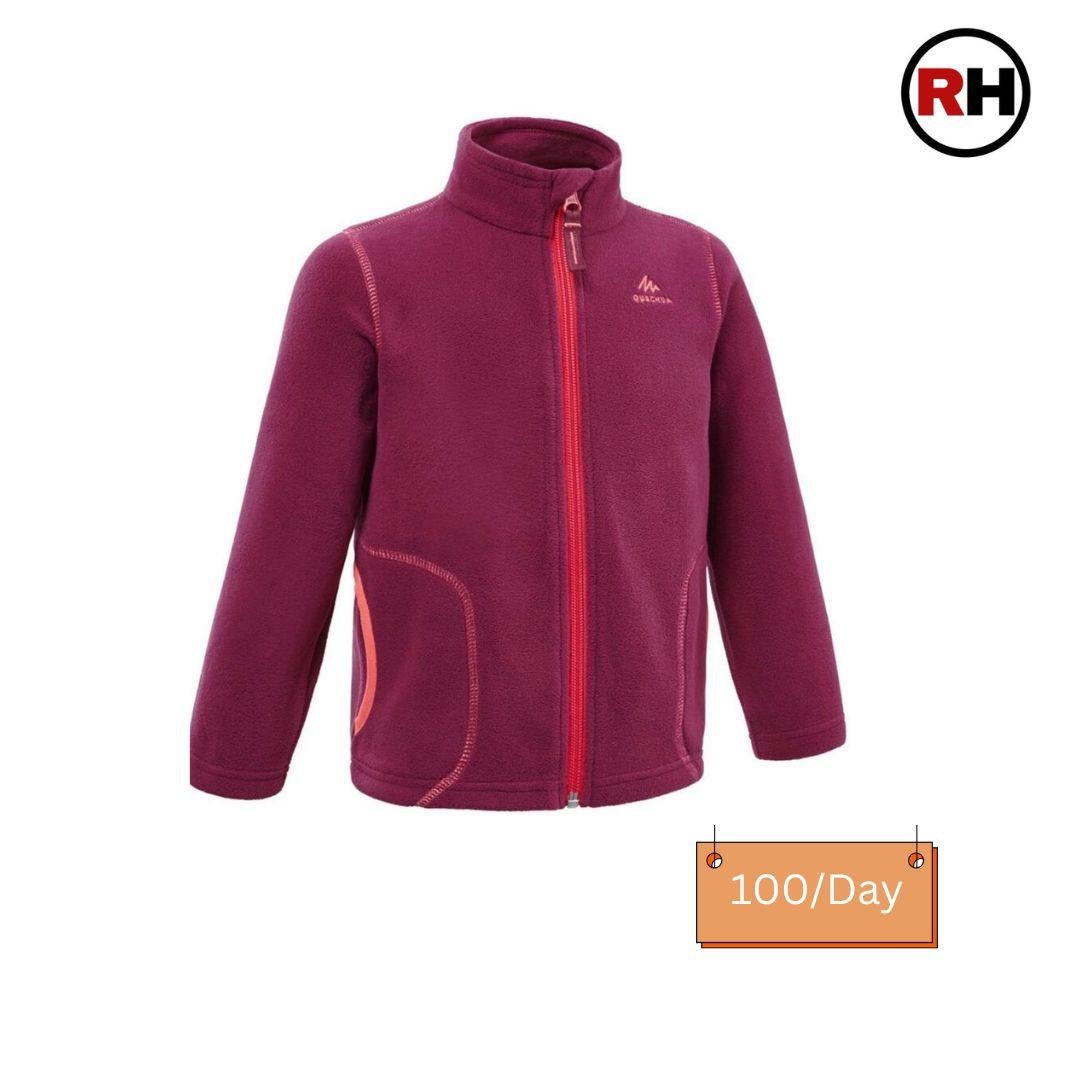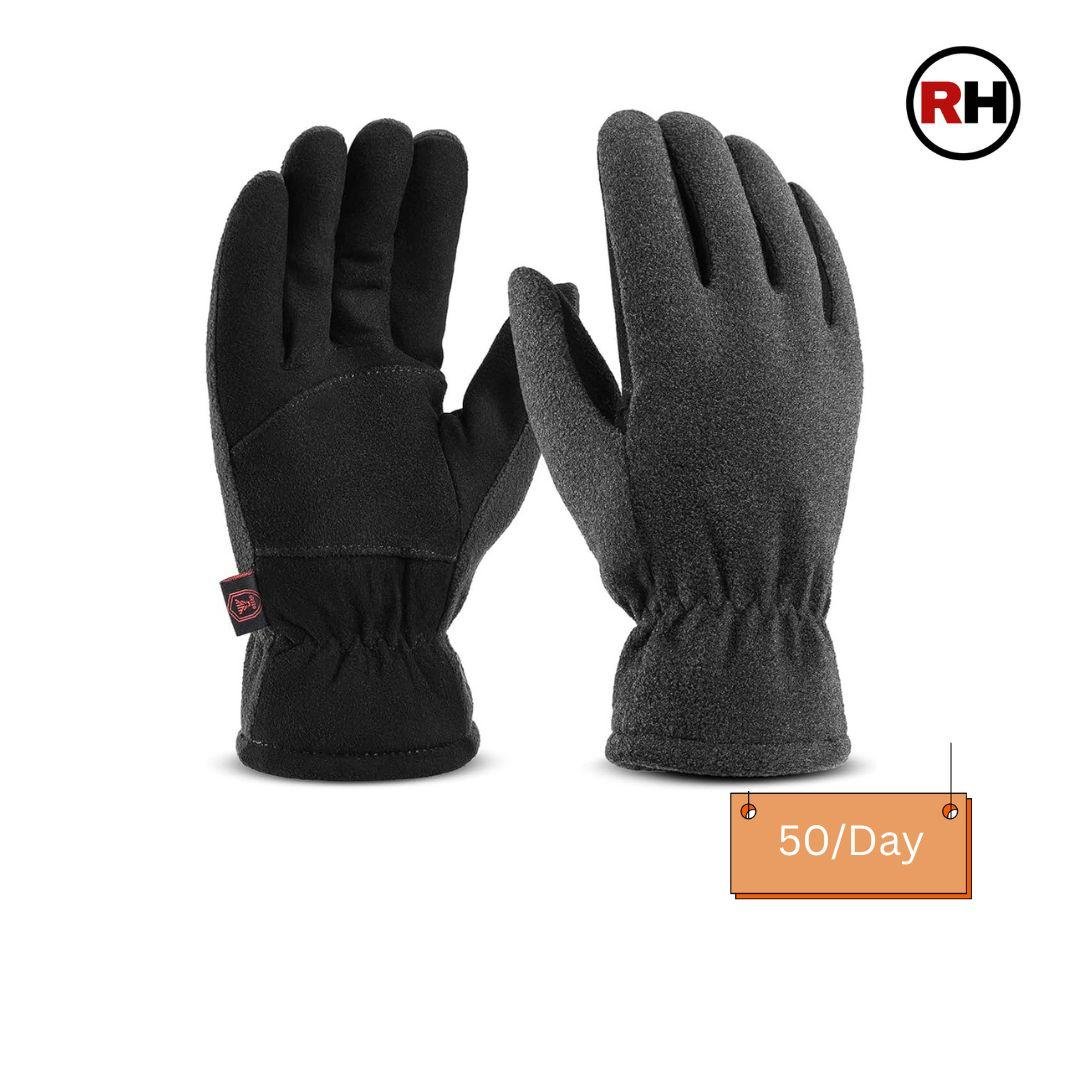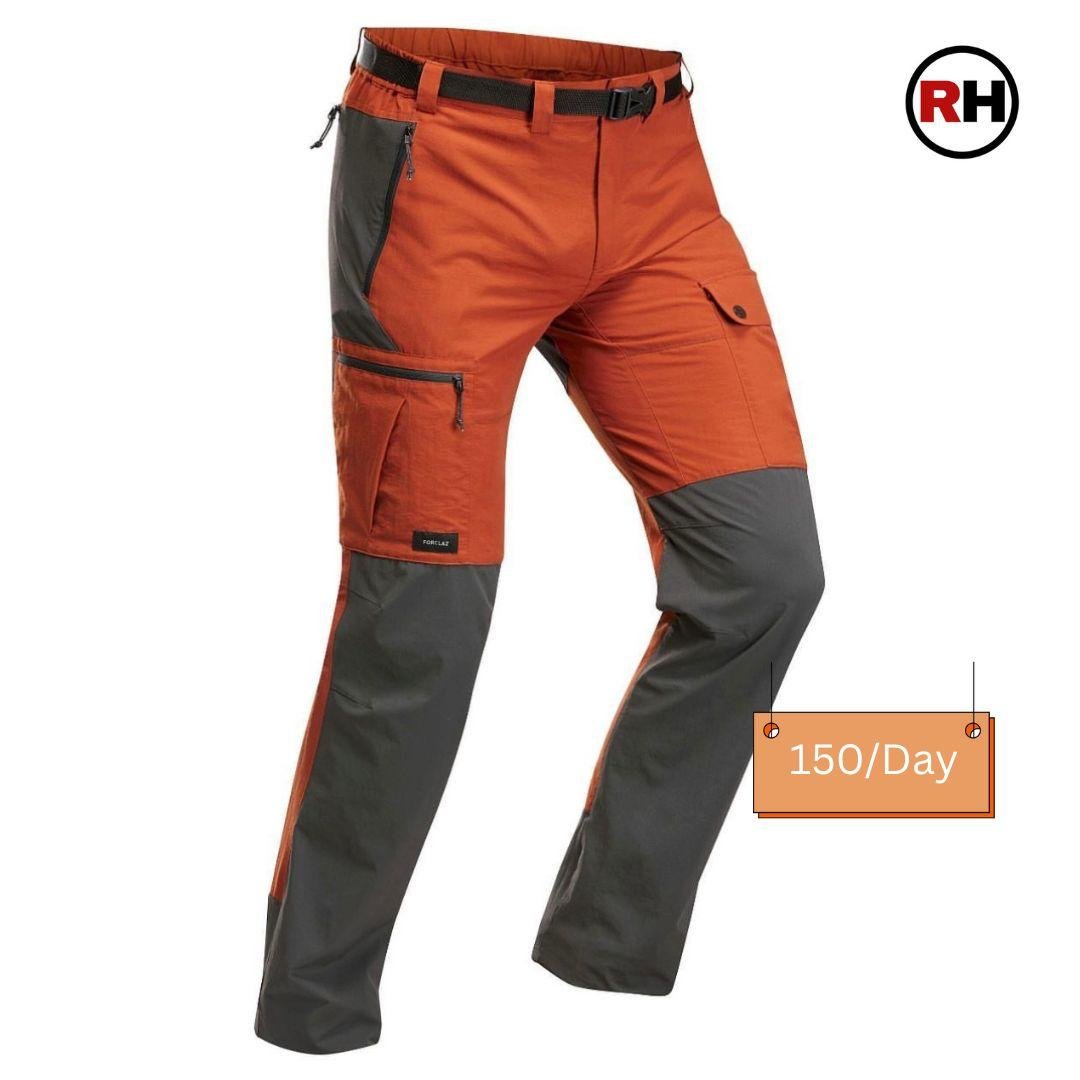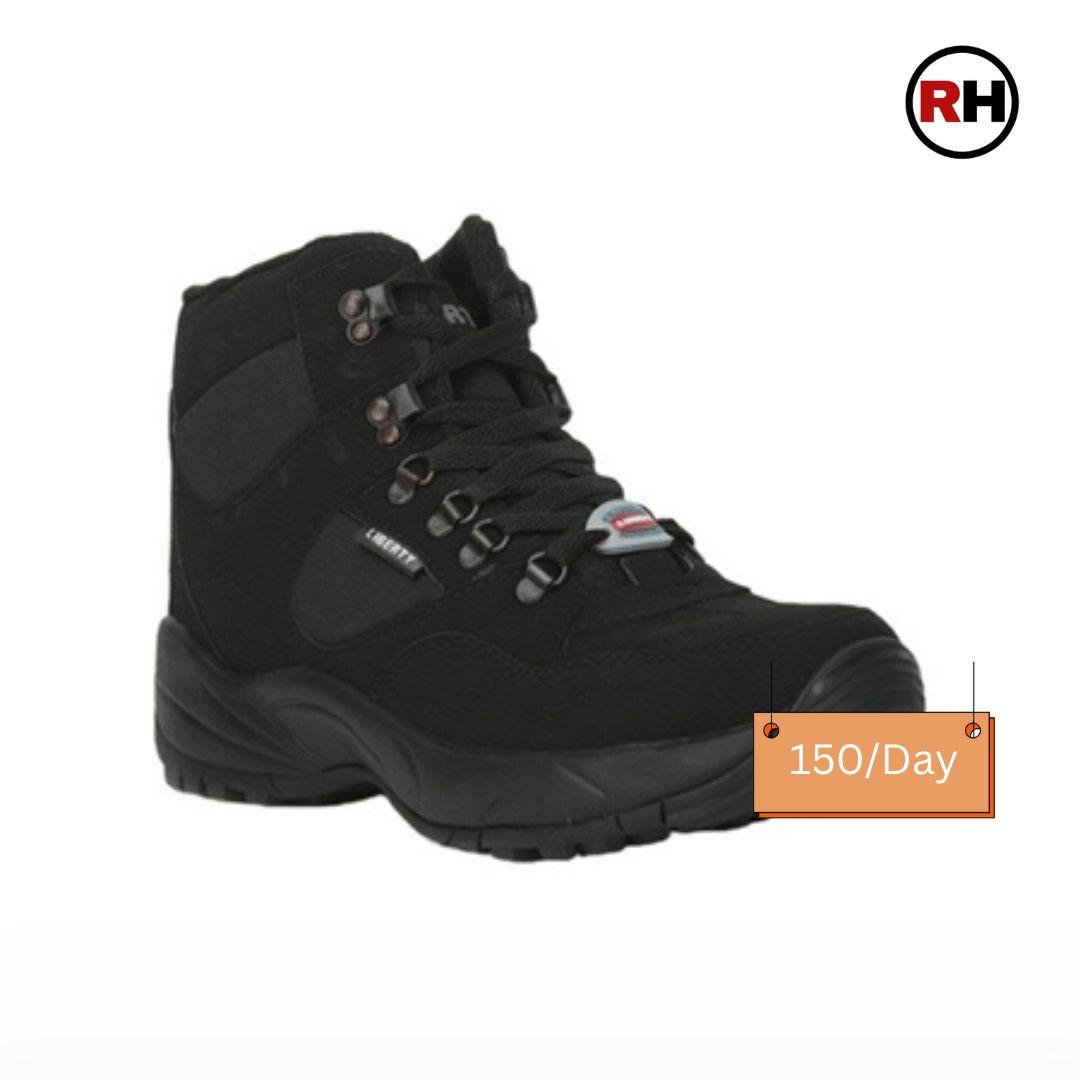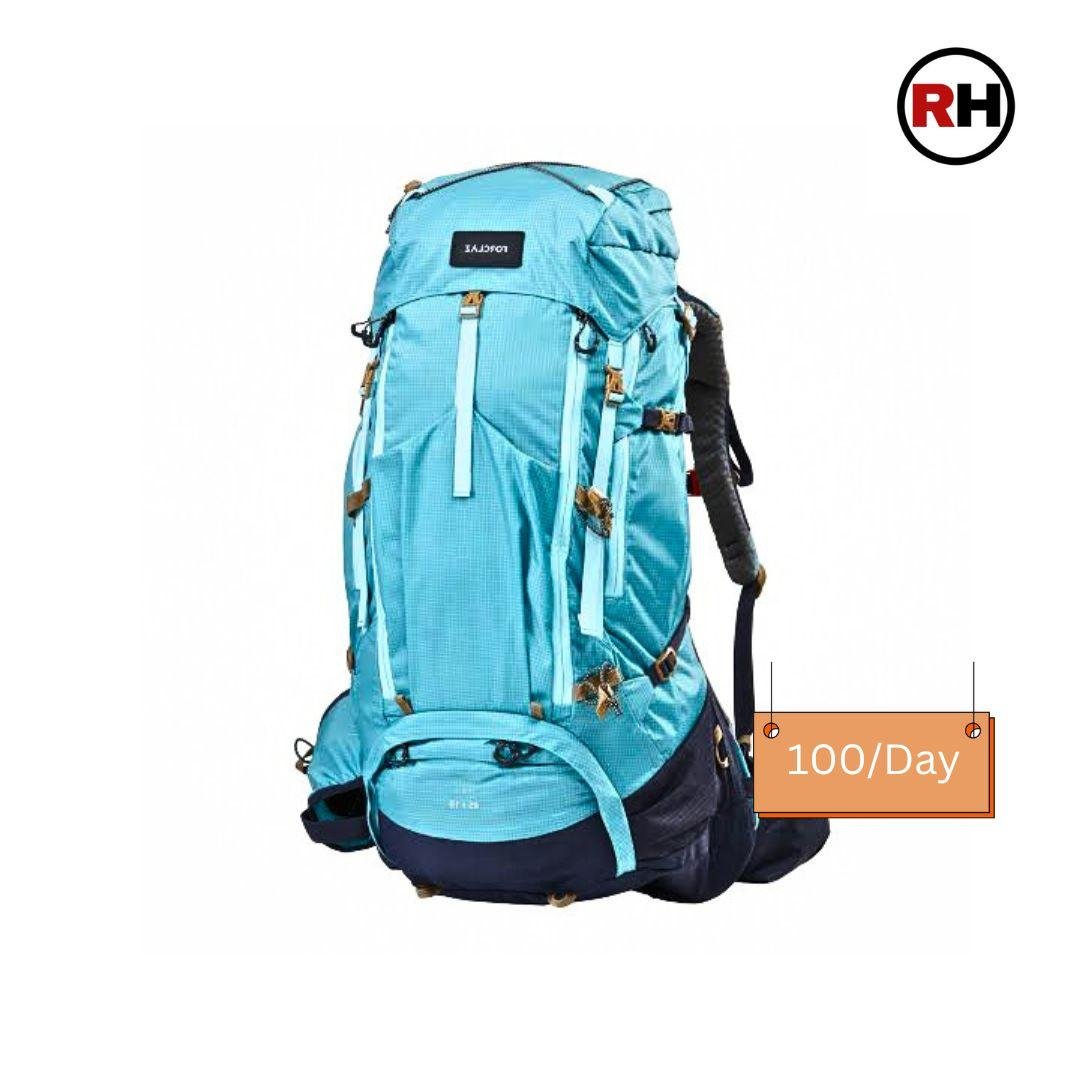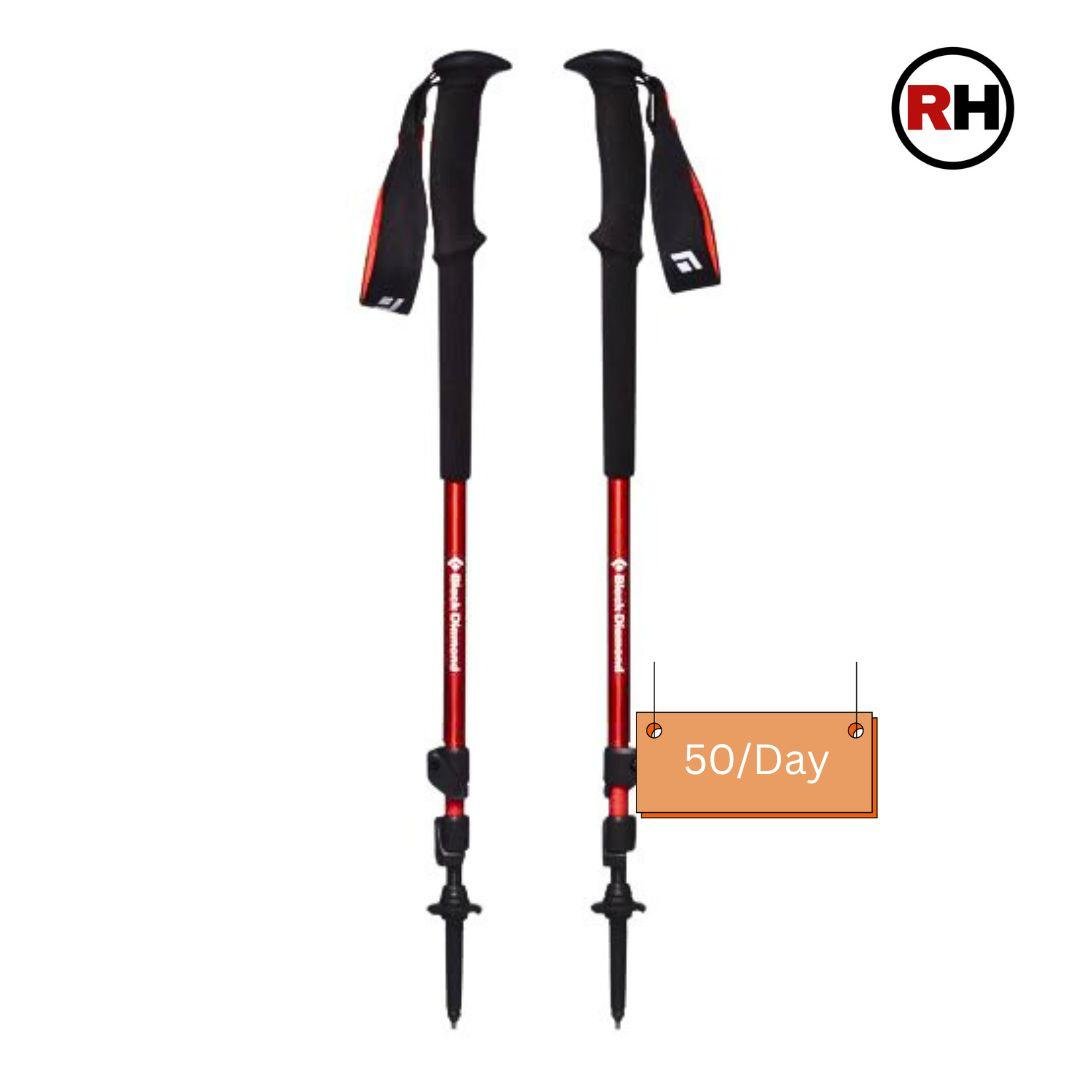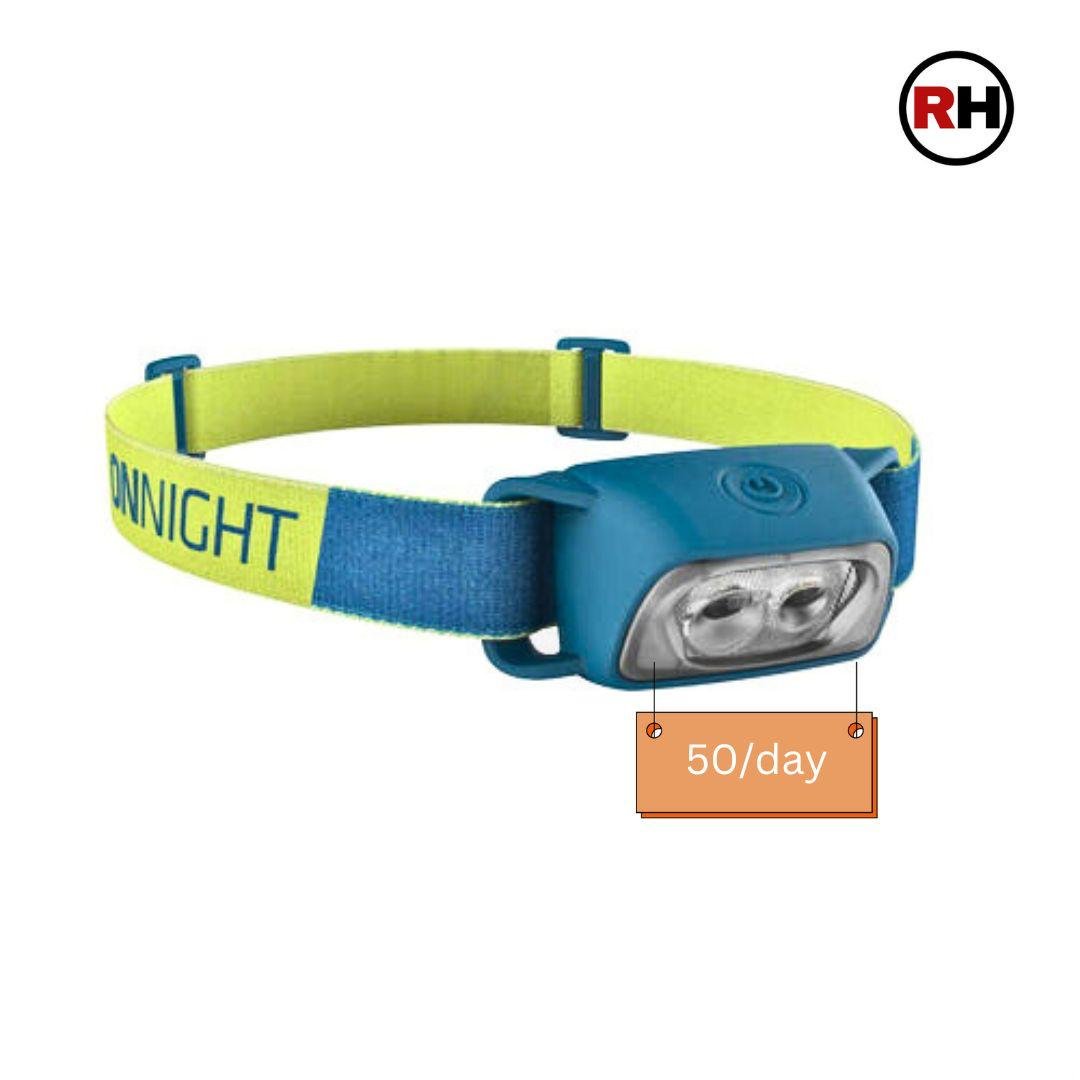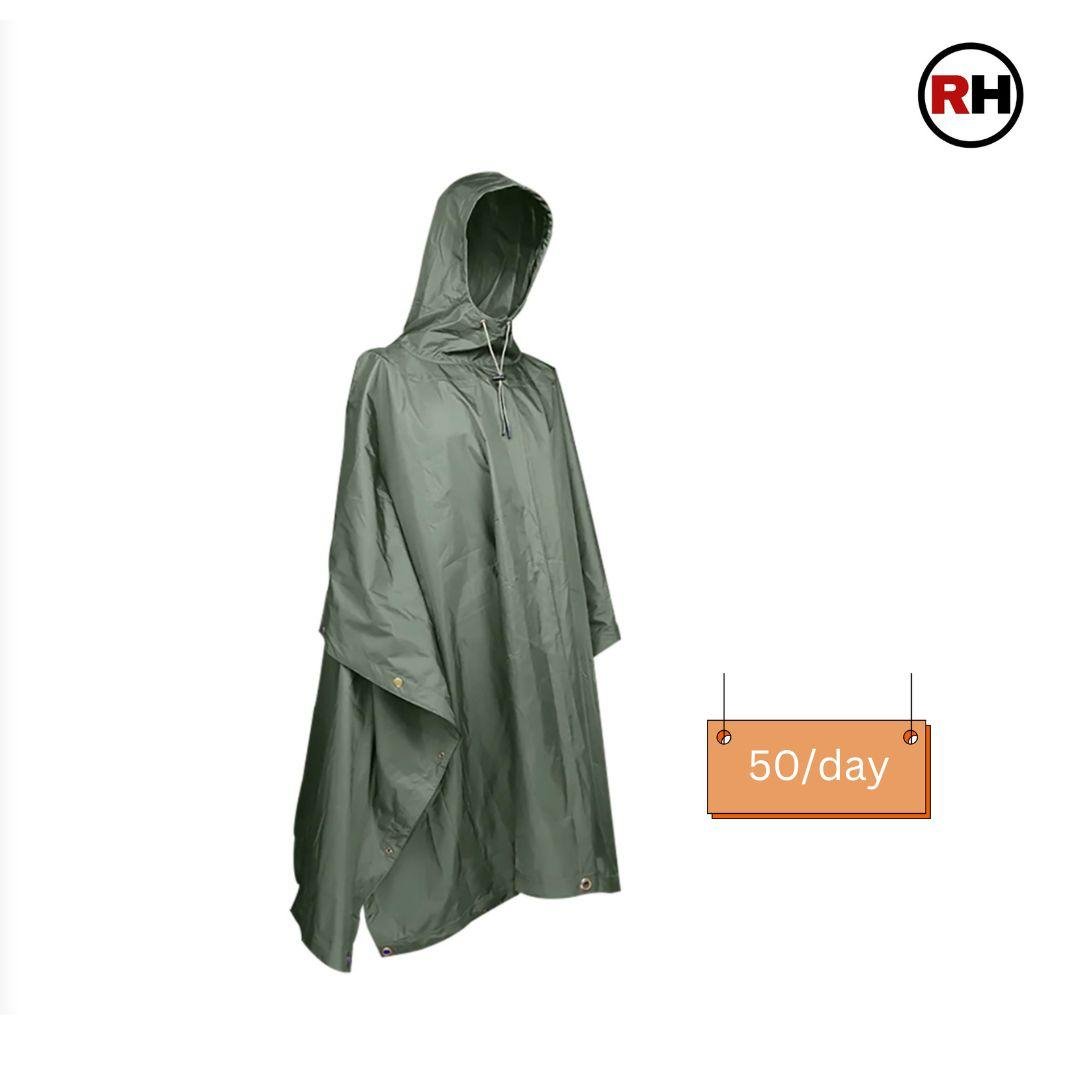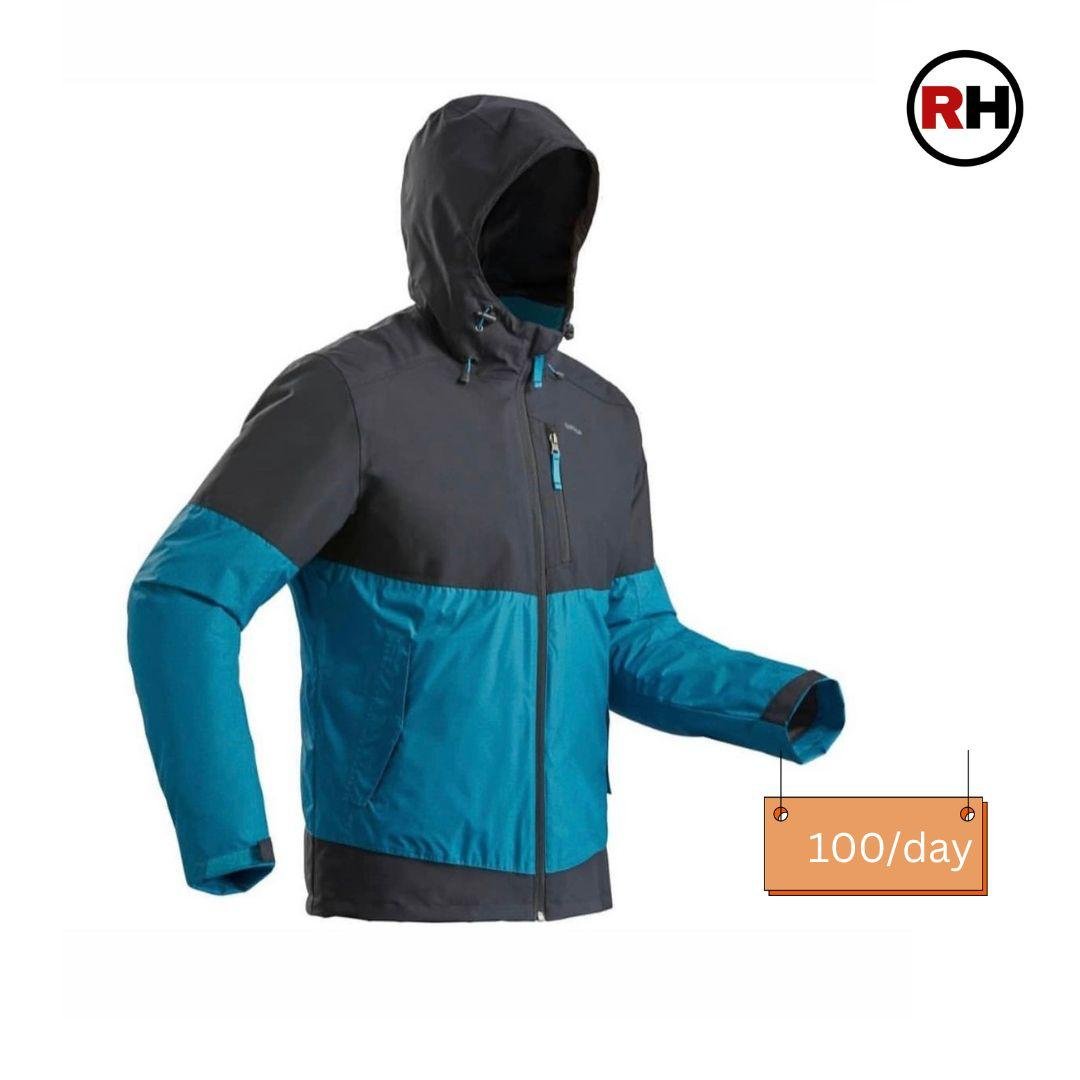Chopta Tungnath Chandrashila Trek With Deoria Tal
Chopta Known as the Mini Switzerland of India, Tungnath Temple, the highest Shiva temple, Chandrashila The highest point of the trek,
Trek Grade
Easy to Moderate
Highest Altitute
12,110 ft/3690 m
Best Season
12 Month
Trek Duration
2 Night | 3 Days
Trekking Km
12 Km
Stays
swiss camp
transport
Delhi/Rishikesh
trek region
Uttarakhand
Base camp
Chopta
Meals
veg meal/egg
Trek Grade
Easy to Moderate
Highest Altitute
12,100 ft/3690 m
Trek Duration
2 Night | 3 Days
Base camp
Chopta
Meals
veg meal/egg
Stays
Swiss camp
transport
Rishikesh/Delhi
trek region
Uttarakhand
Trekking Km
12 Km
Trek Grade
Easy to Moderate
Highest Altitute
15,000 feet
Base camp
Rishikesh
Trek Duration
3D | 2N
Stays
Meals
transport
activities
How to Reach
Trek Grade
Trek Grade
Trek Grade
Trek Grade
Trek Grade
Chopta Tungnath Chandrashila Trek Overview
Explore the captivating wonders of the Chopta Tungnath Chandrashila with Deoria Tal Trek, nestled in the Garhwal region of Uttarakhand’s Himalayas. This sanctuary of untamed wilderness beckons fervent trekkers seeking an
exhilarating escapade amidst nature’s grandeur. With its sparse infrastructure and minimal human footprint, the trek offers an authentic wilderness experience that resonates with adventurous souls.
Embark on the Chopta Chandrashila With Deoria Tal Trek, renowned as one of Uttarakhand’s premier trekking
routes. As you traverse its rugged terrain, be enchanted by the abundant flora and fauna thriving within
the Kedarnath Wildlife Sanctuary. Amidst the tranquil surroundings, immerse yourself in the captivating
tale of the Pandavas, who once paused here on their celestial journey, savoring the pristine waters of
Deoriatal. Embark on an unforgettable journey through the heart of Uttarakhand, where every step unveils
a new facet of nature’s splendor. Discover the essence of adventure and serenity intertwined in the lap of
the Himalayas, making the Chopta Chandrashila Deoria Tal Trek an experience of a lifetime.
Chopta Chandrashila, Tungnath With Deoria Tal Trek Key Highlights
Here are some key highlights of the trek:
- Chopta: Known as the “Mini Switzerland of India,” Chopta is a picturesque hamlet adorned with meadows, dense forests, and a backdrop of snow-capped Himalayan peaks. It serves as the base camp for the trek and offers breathtaking views of the surrounding landscapes.
- Tungnath Temple: En route to Chandrashila Peak, visit the ancient Tungnath Temple, the highest Shiva temple in the world. Set amidst the majestic Garhwal Himalayas, this sacred site holds immense religious significance and offers panoramic views of the Himalayan ranges.
- Chandrashila Peak: The highlight of the trek is reaching the summit of Chandrashila Peak, which stands at an altitude of 4,000 meters. From here, you can witness spectacular panoramic views of the Himalayas, including Mt.Nanda Devi, Mt.Trishul, Mt.Kedar Peak, Mt.Chaukhamba and many others.
- Deoria Tal Lake: Visiting the serene Deoria Tal Lake, nestled amidst lush greenery and surrounded by towering peaks. The reflection of Chaukhamba peaks in the tranquil waters creates a mesmerizing sight.
- Breathtaking Scenery: Throughout the Chopta chandrashila trek, you’ll be treated to breathtaking scenery comprising dense forests, alpine meadows, gushing streams, and snow-clad peaks. The varied landscapes offer a feast for the eyes and provide ample opportunities for photography enthusiasts.
- Flora and Fauna: The trekking trail passes through diverse ecosystems, allowing you to encounter a rich variety of flora and fauna. The trail snaking through the canopy of oak and rhododendron trees is almost dream-likell Keep an eye out for Himalayan wildlife such as musk deer, Himalayan monal, and various species of birds amidst the pristine wilderness.
- Campfire and Stargazing: Spend evenings at the campsite under the star-studded sky, surrounded by the tranquility of nature. Engage in lively conversations around the campfire, sharing stories and experiences with fellow trekkers, before retiring to your tents for a restful sleep. These highlights encapsulate the essence of the Chopta Chandrashila and Deoriatal trek, offering a perfect blend of natural beauty, spirituality, adventure, and cultural experiences.
Chopta Tungnath Chandrashila With Deoriatal Trek Itinerary
Daily Hiking Schedule Of Chopta Chandrshila and Deoriatal trek
Day 1 Drive from Delhi to chopta
(420 km Drive, 7-8 hr approx)
Drive from Delhi to chopta
(420 km Drive, 7-8 hr approx)- Stay: Overnight stay at Swiss Camps in Chopta.
- Meal: Tea snacks, Dinner.
- Altitude: Chopta (8888 ft).
- Distance: By Road 250 km
- Time Taken: By Road 7-8 hr
- Trek Grade: By Road
Pickup from Delhi will be late night and Drive to Rishikesh. Early Morning we reached Rishikesh and stopped for a while and then we left for Chopta. Experience the tranquil allure of the mountains as you journey towards Chopta. While the Himalayan drive may be a tad exhausting, the mesmerizing vistas will continuously rejuvenate your spirit. Upon arrival, settle into your cozy camps, and enjoy a leisurely evening surrounded by the majestic Himalayan scenery.
Note: Pickup from Delhi will be one night before.
Day 2 Hiking from Chopta base to Tungnath and Chandrashila Summit
(8 kms both sides Trek, 4-5 hrs approx)
Hiking from Chopta base to Tungnath and Chandrashila Summit
(8 kms both sides Trek, 4-5 hrs approx)- Stay: Overnight stay at Swiss Camp in Chopta
- Meal: breakfast, packed lunch, evening tea snacks, soup and dinner.
- Altitude: Tungnath Temple (12106 ft), Chandrashila summit (12,110 ft)
- Distance: 8 kms ( both sides).
- Time Taken: 4 – 5 hrs approx.
- Trek Grade: Easy
On the second day of your exhilarating trek, we embark on the journey towards Tungnath and Chandrashila, starting from either Chopta base. This leg of the trek offers a perfect blend of ascent and descent, with a well-defined rocky trail that unveils the majestic Chandrashila summit and the vibrant hues of Tungnath temple. As we progress further, you’ll encounter the first challenge: navigating a steep uphill bend along the mountain’s ridgeback. Throughout the trek, you’ll be surrounded by the vibrant blossoms of Rhododendron, adding a splash of color to your adventure. Upon reaching the revered Tungnath temple, take a moment to pay homage to Lord Shiva, as Tungnath stands as one of the highest Shiva temples globally. After visiting the temple, we trek towards Chandrashila Summit, another captivating highlight of our journey. Finally, we’ll trek back to Chopta, concluding a day filled with awe-inspiring vistas and memorable experiences.
Note:Tungnath temple opens only in summer and closes by Diwali.
Day 3 Drive from Chopta to Sari village and Departure
(250 km Drive, 7-8 hr approx)
Drive from Chopta to Sari village and Departure
(250 km Drive, 7-8 hr approx)- Meal: breakfast
- Altitude: Sari Village (6601 ft)
- Distance: 250 km
- Time Taken: 7-8 hrs
- Trek Grade: By Road
On the third day after breakfast, we will proceed on our trek to Deoria Tai lake. It is a 2.5 km long trek. After a very short downhill trek, your surroundings open up to a grand view of Deoriatal, with Mt. Chaukhambha massif looming in the background. After exploration, we will trek back to Sari Village. After resting for a while and taking in the final moments on the mountain, we will start our journey towards Delhi where we will reach on next day’s early morning around 3 to 4 AM. Drop off in Delhi.
- Stay is included on all days of the trek ( from Chopta to Chopta ). You will be staying in Swiss camps on a sharing basis.
- All meals from dinner at Chopta on Day 1 to Breakfast on Day 3 are included. Meals are simple, nutritious and vegetarian.
- All fuel charges, toll taxes and needed forest entry fees along with permits.
- Mountaineering qualified and professional cook and support staff.
- GST 5% (it is Mandatory)
- Any Meals/accommodation beside the itinerary or not mentioned in the program.
- Any Bus / Airfare to/from trek start/end point
- Any services of pony/horses, Doli, Palki, and potter it will be an additional cost
- Personal Medical expenses do carry your medication.
- Any Entrance fee Monuments, Monasteries, Museums, Temples – Pay directly on the spot.
- Any emergency evacuation charges
- Any services that are not mentioned in the cost inclusion section.
Best Time to do Chopta Tungnath Chandrashila Trek With Deoria Tal
The best time to do the Chopta chandrashila Trek Here’s a season-wise breakdown:
Spring (March to May):
- Spring is an excellent time for the trek as the weather is mild and pleasant.
- March to May sees the transition from winter to summer, offering comfortable temperatures for trekking.
The forests are lush green, and the meadows come alive with blooming flowers, including the vibrant rhododendrons. - Clear skies provide excellent visibility of the surrounding peaks, enhancing the overall trekking experience.
Summer (June to August):
- Summer trekking is possible, but it’s advisab e to avoid the peak monsoon months of July and August due to heavy rainfall and slippery trails.
- June still offers relatively good weather, but occasional showers may occur towards the end of the month.
- The landscape is lush and verdant, but trekking conditions may be challenging due to muddy trails and leeches
Autumn (September to November):
- Autumn is another ideal time for the trek, offering clear skies and crisp weather.
- September marks the post-monsoon season, with lush vegetation and rejuvenated landscapes.
- October and November showcase stunning foliage as the leaves change color, adding to the scenic beauty of the trek.
- The weather is stable, making it comfortable for trekking, and the views of the Himalayan peaks are spectacular.
Winter (December to February):
- Winter trekking is possible but only recommended for experienced trekkers due to cold temperatures and snowfall.
- December and January experience heavy snowfall, transforming the landscape into a winter wonderland.
- The trekking trails may be covered in snow, requiring appropriate gear and precautions.
- February marks the transition towards spring, offering clearer weather but still with remnants of snow in higher elevations.
Overall, the best time for the Chopta Tungnath Chandrashila Trek with Deoriatal is during the spring (March to May) and autumn (September to November) seasons when the weather is pleasant, and the landscapes are at their most vibrant.
How to Reach from Delhi/Rishikesh?
- By Bus: From Delhi, a regular bus service operates to Rishikesh. The main bus station in Delhi is ISBT Kashmere Gate, offering both AC and non-AC buses for the journey to Rishikesh.
- By Train: To reach Rishikesh from Delhi by train, you’ll first need to travel to Haridwar. From there, you can take a bus to Rishikesh, which is 35 km away. Haridwar serves as a major railway junction connecting Delhi to Rishikesh.
- By Air: The closest airport to reach Rishikesh by flight is Jolly Grant Airport, located approximately 25 km from the city. Regular flights from Delhi to Rishikesh are available. If you plan to arrive by flight, it’s advisable to schedule your arrival one day in advance.
What to Pack For Chopta Chandrashila Tungnath Trek?
As a trekking, adventure, and travel company, we often receive inquiries from our trekkers, and one of the most frequent questions is about Packing list for chopta chandrashila tungnath trek. Sometimes, it can be challenging to provide detailed explanations, so we’ve compiled a comprehensive packing list that will be beneficial for all trekkers heading to the Himalayas. When preparing for a trek and organizing your gear, it’s helpful to follow a systematic approach. You can start either from head to foot or foot to head, ensuring you cover all essentials and minimize the risk of forgetting important items. So, take it step by step and pack accordingly.
Footwear and Backpack
✅Trekking shoes with ankle support
✅Backpack with rain cover
✅Daypack with rain cover
Warm Layers and Clothing
✅Warm layers (Padded jackets )
✅3 layers for spring, summer, and monsoon treks (1 woolen sweater, 1 fleece, 1 padded jacket)
✅4 layers for autumn treks (1 woolen sweater, 2 fleece, 1 padded jacket)
✅5 layers for winter treks (1 pair of thermals, 1 woolen sweater, 2 fleece, 1 padded jacket)
✅3 Collared T-shirts (Wear one, carry two)
✅2 quick-dry trek pants (Wear one, carry one)
Accessories
✅Sunglasses
✅Sun cap, preferably with flaps
✅Waterproof gloves
✅Balaclava
✅Woolen socks (2-3 pairs od Dry + 1 pair of Woolen))
✅Headlamp
✅Trekking pole
✅Rain Jacket + pants/poncho
Toiletries
✅Suncreen
✅Moisturizer
✅Light towel
✅Lip balm or vaseline
✅Toilet paper (wet wipes are strictly not allowed on our treks)
✅Toothbrush
✅Toothpaste
✅Reusable plastic covers (for used clothes)
✅Trash bags (Carry out all your waste and leave no trace behind)
FAQS About Chopta Tungnath Chandrashila Trek With Deoria Tal
When is the best time to do the Chopta Chandrashila Trek?
The best time to do the Chopta Chandrashila trek is during the spring (March to May) and autumn (September to November) seasons. In spring, the weather is pleasant, the skies are mostly clear, and the trail is vibrant with blooming rhododendrons and lush greenery. This season also offers excellent views of the surrounding Himalayan peaks.
Autumn is equally beautiful, with crisp air, clear mountain views, and dry weather, making trekking conditions ideal. The post-monsoon clarity gives some of the best panoramic views of peaks like Nanda Devi, Chaukhamba, and Trishul.
You can also do the trek in winter (December to February) if you want a snow trekking experience. During this time, the trail, especially around Tungnath and Chandrashila, is covered in snow, creating a magical, alpine atmosphere—but it becomes more challenging and requires proper winter gear.
Note: The monsoon season (June to August) is the least recommended time, as the trail becomes slippery, and there’s a higher risk of landslides and cloud cover blocking views.
Is prior trekking experience required for the Chopta Chandrashila Trek?
No, prior trekking experience is not required for the Chopta Chandrashila trek, which makes it a great choice for beginners and first-time trekkers. The trek is considered easy to moderate in difficulty, with well-marked trails and manageable distances. While the final stretch from Tungnath to Chandrashila Peak is a bit steep, it is still doable for anyone with basic fitness and a willingness to walk for a few hours a day. People of various age groups, including families and solo travelers, often do this trek successfully. However, being in decent physical shape and doing some light cardio or walking practice before the trek can help make the experience more enjoyable.
What is the altitude of Chopta Chandrashila trek?
The Chopta Chandrashila trek takes you through a range of altitudes, starting from lower villages and gradually climbing to a high Himalayan peak. The trek usually begins at Sari village, which is located at around 2,000 meters (6,560 feet). From there, if you visit Deoria Tal, you stay at a similar altitude. The next major stop is Chopta, the main base for the Chandrashila trek, situated at about 2,600 meters (8,530 feet). As you ascend the trail, you reach Tungnath Temple, which stands at an impressive height of approximately 3,680 meters (12,073 feet) and is known as the highest Shiva temple in the world. The final climb takes you to Chandrashila Peak, the highest point of the trek, at around 3,690 meters (12,106 feet). While the altitude is not extremely high compared to other Himalayan treks, it is still significant and offers stunning views of snow-capped peaks like Nanda Devi, Trishul, and Chaukhamba.
What is the duration and how long is Chopta Chandrashila Trek?
The Chopta Chandrashila trek usually takes 3 to 5 days to complete, depending on your itinerary. If you include a visit to Deoria Tal, a beautiful lake near Sari village, the trek becomes a bit longer. Many people start from Sari, trek to Deoria Tal on the first day, then travel to Chopta the next day.
From Chopta, the main trek to Tungnath Temple and Chandrashila Peak is about 4.5 kilometers one way, making it around 9 kilometers for the round trip.
If you skip Deoria Tal, the trek can be done in 2 to 3 days. Overall, the total trekking distance is about 15 to 20 kilometers, and it’s a relatively short and manageable trek, great for beginners or those looking for a quick getaway in the mountains.
Is Tungnath Temple open year-round?
Tungnath Temple is not open throughout the year. It usually opens in early May and remains accessible until late October or early November, depending on the weather and the timing of Diwali. During the winter months, from November to April, the temple remains closed due to heavy snowfall, which makes the region difficult to access. During this period, the idol of Lord Shiva is moved to Makkumath, a nearby village at a lower altitude, where worship continues until the temple reopens in the spring. Although the trekking trail to Tungnath and Chandrashila may still be open during winter, the temple itself remains closed to visitors.
Will there be snow on Chopta Tungnath Chandrashila trek?
Yes, there will be snow on the Chopta Tungnath Chandrashila trek during the winter months, typically from late December to early March. This is when the region experiences regular snowfall, especially at higher elevations like Tungnath Temple and Chandrashila Summit (around 3,690 meters or 12,100 feet).During this time, the entire trail—from Chopta to Tungnath and Chandrashila—is often covered in snow, creating a beautiful but more challenging trekking experience.
Snow makes the trail slippery and physically demanding, so proper winter gear like trekking poles, gaiters, and insulated boots is essential.If you’re trekking outside of winter (from April to November), you’re unlikely to encounter snow, except possibly some patches in early spring. The views remain stunning year-round, but the snow adds a magical, alpine feel to the winter trek.
Is a mobile network available on the Chopta Tungnath Chandrashila Trek?
The Chopta Tungnath Chandrashila Trek has very limited mobile network availability, especially as you go higher up the trail. At the starting point, such as Sari village, you may get a decent signal from Jio, BSNL, or sometimes Airtel, though internet speed is usually slow. In Chopta village, the signal becomes weaker, and only BSNL or Jio may work for basic calls, but even that is not reliable. Once you start trekking towards Tungnath Temple and Chandrashila Peak, the mobile signal mostly disappears, and it becomes difficult to make calls or use the internet. Occasionally, you might catch a weak Jio signal at higher points, but it is not dependable. Airtel and Vi generally do not work beyond Chopta. Since there are no charging points along the way, it’s a good idea to carry a fully charged power bank and keep your phone on airplane mode to save battery. It’s best to inform your family or friends before starting the trek that you will be out of network for a couple of days. Overall, the trek offers a chance to enjoy nature peacefully without phone distractions, so you can truly appreciate the stunning mountain views.
Chopta Tungnath, Chandrashila trek package
Delhi to Delhi
Add ons
Total: ₹









